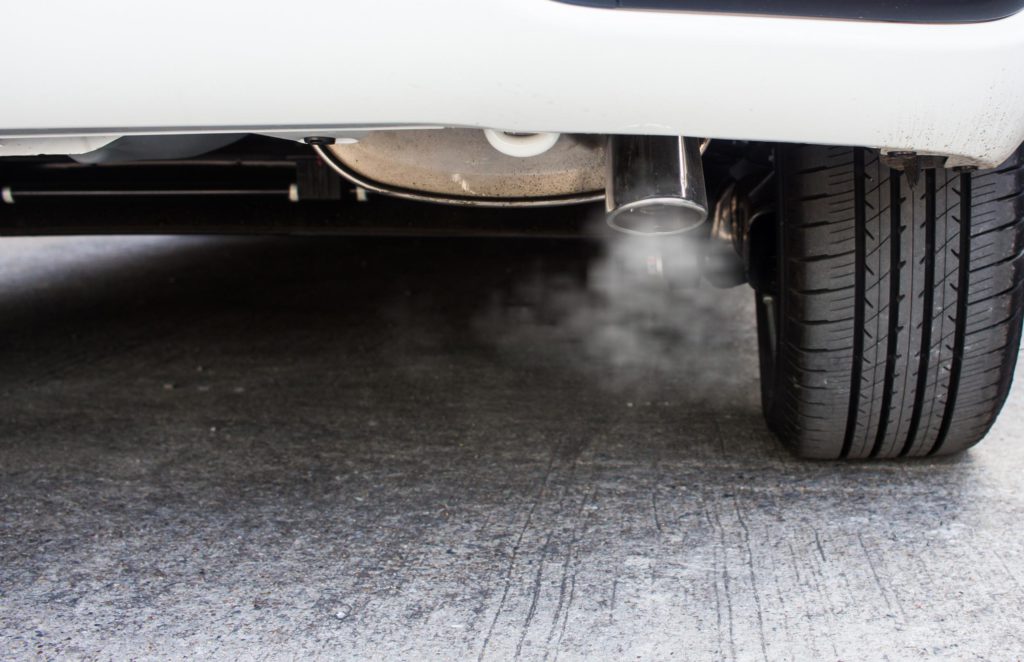Europe’s unique emissions rules prompted the GM decision to sell Opel
13 March 2017

13 March 2017
General Motors (GM) felt that developing small cars to meet European emissions standards presented its Opel division with overly burdensome costs, which it would struggle to recoup. This left GM’s European unit with a major dilemma and contributed to its decision to sell.
GM were faced with a tough decision: meeting these standards would make the cars too expensive for Opel to sell them in more price-sensitive emerging markets and unable to compete with low cost competition such as Dacia. However, developing small low-cost cars would render Opel uncompetitive in Europe’s mass market where consumers demand more safety and technology features.
GM President Dan Ammann has commented that ′What we saw from a product point of view and a regulatory point of view was a Europe, frankly, diverging from the rest of our global portfolio. The requirements for Europe are becoming more and more unique.’
Opel’s development costs dilemma was further exacerbated by the need to meet increasingly stringent emissions standards in Europe. With GM’s centre of gravity in North America and China, which favour larger, less fuel-efficient cars, Opel has struggled to bring brand-average emissions in line with regulations.
This contrasts sharply with PSA Group with its Peugeot and Citroën brands having the lowest brand-average CO2 emissions in the European Union in 2015. Opel performed worse than Daimler and BMW. Furthermore, Opel has been falling further and further behind its rivals. The European Environment Agency has consistently warned Opel about meeting its 2021 obligations and highlighted that it needs to reduce its CO2 emissions more rapidly in the coming six years than it did in the previous six.
For the PSA Group, with its existing range of smaller cars across three brands – Peugeot, Citroën and DS – the addition of the Opel brand, and Vauxhall in the UK, naturally boosts economies of scale. This means it can negotiate even better per-unit component costs with suppliers.
So how does the PSA Group reconcile Opel with its current portfolio? Dr Karl-Thomas Neumann whilst at Opel had developed a strategy to reposition it in the plug-in hybrids and electric vehicle (EV) space in order to bring down emissions. This would explain his ongoing tenure with the newly merged PSA-Opel.
At the moment, Opel does not offer any hybrids – standard or plug-in. As reported last week, Opel relies on GM’s Chevrolet Bolt technology for its Ampera-e EV, which is quickly expected to be outdated. PSA-Opel therefore needs to accelerate the development of proprietary hybrid and EV technology and PSA CEO Carlos Tavares has already pledged to increase their number. Tavares has said that 34 new models will be launched through the Peugeot, Citroën and DS brands by 2023. Of these, 80% will be available in battery electric or plug-in hybrid versions. That means about 27 new plug-in electrified vehicles in the next six years and many will undoubtedly extend to the Opel and Vauxhall brands too.